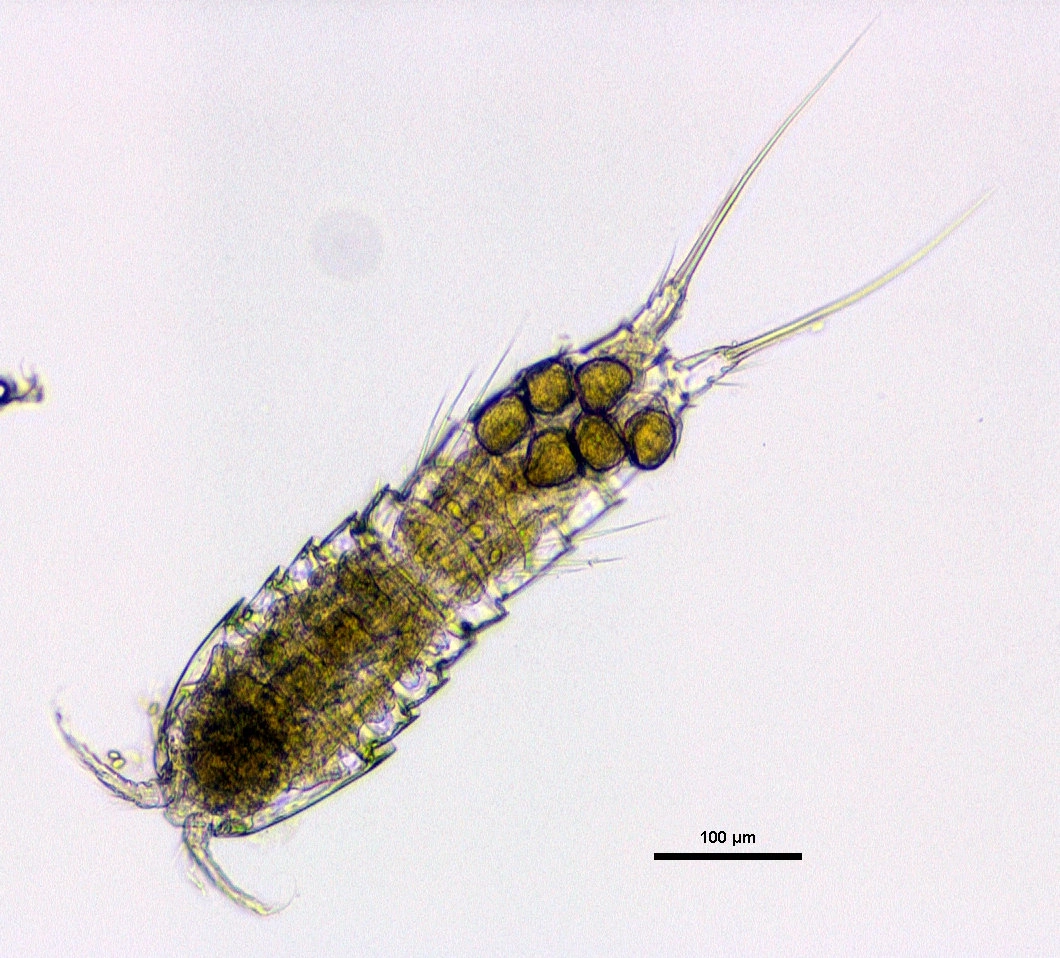Moraria mrazeki
Though Moraria mrazeki has only recently been registered in Norway, it seems to be a common species apart from in the southern parts of the country.
Key characteristics
Moraria mrazeki has a relatively slender body. The exopodes in the first four legs have three segments, while the endopodes are 2-segmented. In the first leg the endopod is as long as the exopod, for the legs 1–4 the endopodes are considerably shorter than the exopodes. It legs has comparatively longer setae’s than in M. (M.) brevipes. Its rostrum is large and broad. The operculum is smooth, rounded but not prominent and the caudal ramus is about twice as long as wide and is tapering towards the end. There is a short transverse row of small spines on the inner margin. The antennule consists of seven segments.
Female: Length 0.33–0.62 mm
Male: Length 0.33–0.55 mm
Ecology and distribution
Though Moraria mrazeki has only recently been registered in Norway, it seems to be a common species apart from in the southern parts of the country. According to the literature it is recorded in oligotrophic and dystrophic ponds and lakes of all sizes. It is also found in swamps, mosses, subterranean habitats and in high altitude springs. It lives in different habitats in the littoral like sand, stones, gravel, vegetation and detritus. It is a cold-water species having a Palearctic and Nearctic distribution.


